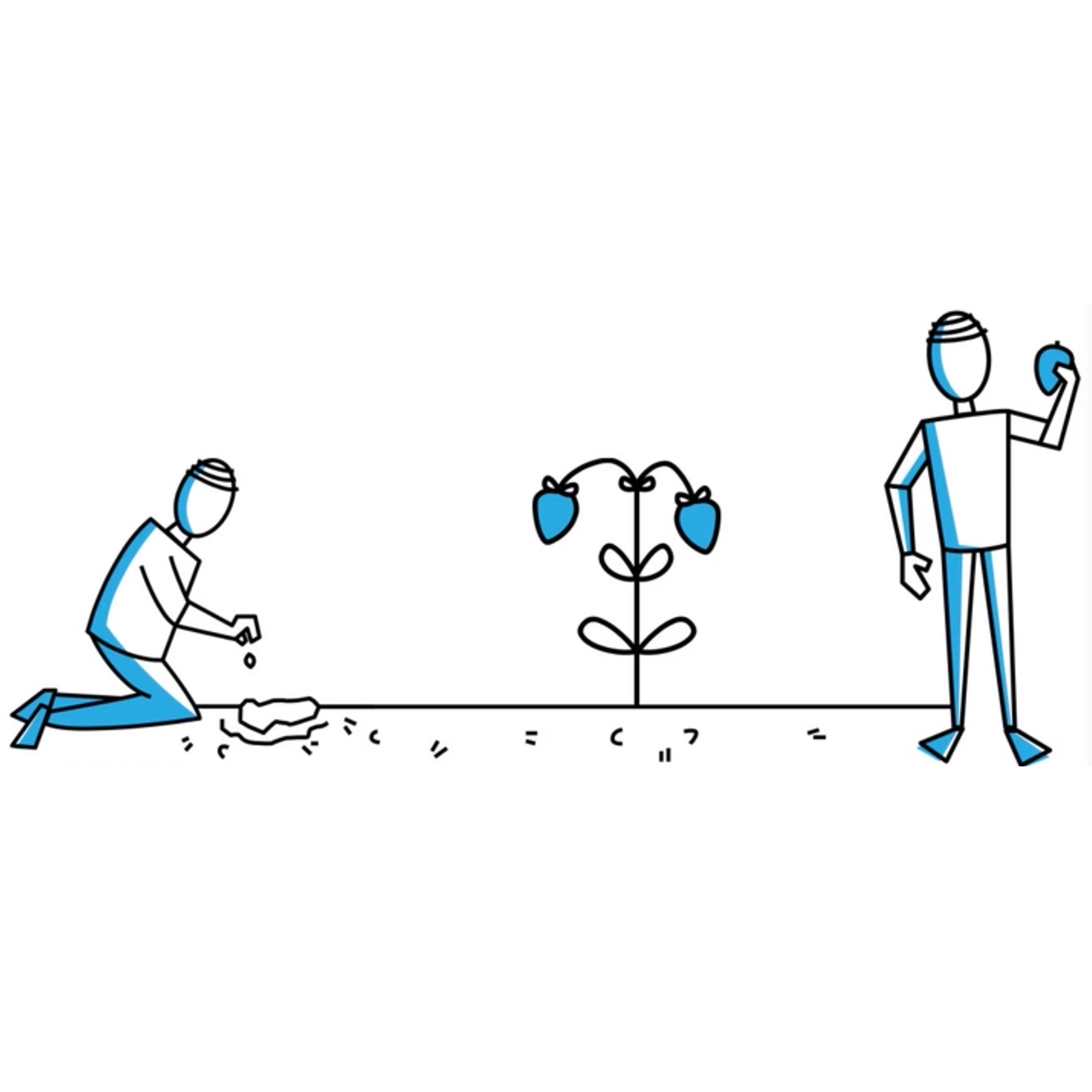

1,000 on just ploughs by buying 10 of them.

The farmer, in this case, can either spend the entire sum of Rs. 1,000, he can spend that money in the following combinations: Ploughs The cost of one such plough and wage per labourer is Rs. 1,000 to spend on labour costs and ploughs for farming. These lines are also called budget lines or budget constraint lines. In other words, it shows how we can spend money on two different factors to produce maximum output. Isocost lines represent combinations of two factors that can be bought with different outlays. IQ1 and IQ2 represent greater potential output. Points A, B, C and D are combinations of factors on which IQ is the level of output, i.e. The X-axis shows units of labour, while the Y-axis represents units of capital. Plotting these figures on a graph provides us with this curve (Figure 1): A, B, C and D, which produce varying levels of output. When there are more curves than one, the curve on the right represents greater output and curves on the left show less output.Ĭonsider the table below. Just like indifference curves, isoquants are also negatively-sloping and convex in shape. Thus, we can also call them equal– product curves or production indifference curves. The producer can choose any of these combinations available to him because their outputs are always the same. These lines represent various input combinations which produce the same levels of output. These two concepts help us calculate optimum production. In order to find out producer’s equilibrium, we first need to understand isoquant curves and iso-cost lines. The combination that provides the highest amount of produce at the least amount of costs is the optimum level of production. Each combination would provide production in different quantities. In order to achieve this, producers first have to classify their resources into different combinations. This optimum level of production, also called producer’s equilibrium, is achieved when maximum output is derived from minimum costs.

Hence, the producer has to use such a combination of inputs as would provide him with maximum output and profits. The value of all assets used for production is limited. Browse more Topics under Laws Of Production Such a determination is called the producer’s equilibrium. It is possible to determine the optimum amount of production possible considering different combinations of these inputs. Economic production is the result of the output we produce by employing factors like land, labour, capital, and entrepreneurship.


 0 kommentar(er)
0 kommentar(er)
